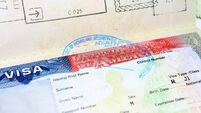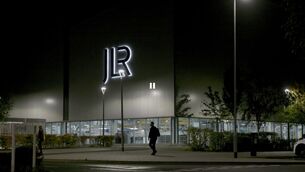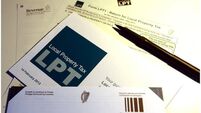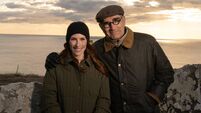Double-dip recession data ‘not true picture’
In a report, , Davy’s chief economist Conall MacCoille said they were holding their forecast for 1.3% growth this year.
“Hence, we have chosen not to revise our forecasts for the Irish economy until the Q2 national accounts data are published in September. Our last forecast was for 1.3% GDP growth in 2013 and 2.1% in 2014.
“Our report also points out that to the extent the double-dip recession reflects the multinational sector, it is unlikely to derail the recovering domestic economy.”
Mr MacCoille explained said that there was no surprise in the fall in recent GDP figures to negative territory. He said this was due to the impact of certain drugs like Viagra coming off of patent, known as the patent cliff: “This disparity between the GDP data and other indicators is not surprising. The slowdown in Irish exports has been driven by the multinational sector, hurt by the pharmaceutical patent cliff and slowing services trade. Exports suffered their second largest quarterly decline on record in Q1 2013.”
However, he said although technology and pharmaceutical companies account for a huge percentage of goods and services exports, they have very little effect on consumer confidence.
“There will be little negative traction onto domestic demand should multinational exports perform poorly.
“For example, the top five ICT companies account for over 50% of services exports but only 0.5% of aggregate employment. Pharmaceutical exports account for almost 30% of GDP but close to 1% of employment.”
Another indicator used to highlight the fall in the Irish economy was a 20% collapse in investment spending.
However, if the volatile aircraft leasing business, based here due to tax reasons is taken out, investment in building and construction and machinery is all rising.
“The 19.7% annual decline in investment spending reflects the volatile aircraft leasing sector. Investment spending on building and construction is now expanding for the first time since the recession began, up 8% in the year to Q1 2013. Machinery and equipment spending (excluding transport equipment) is up 4.4%.”
Even a large fall in consumer spending can be offset by the 132 number plate which led many to hold off on buying a new car until the second half of the year.
“Irish consumer spending fell by 3% in Q1 2013. Some contraction was expected in H1 as the impact of Budget 2013 was felt, but the fall in Q1 was the largest decline since records began in 1997. However, the new seasonal pattern of car sales means the weakness in consumer spending has been overstated. Retail sales also point to a stronger performance. Again, there is potential for revisions.”















